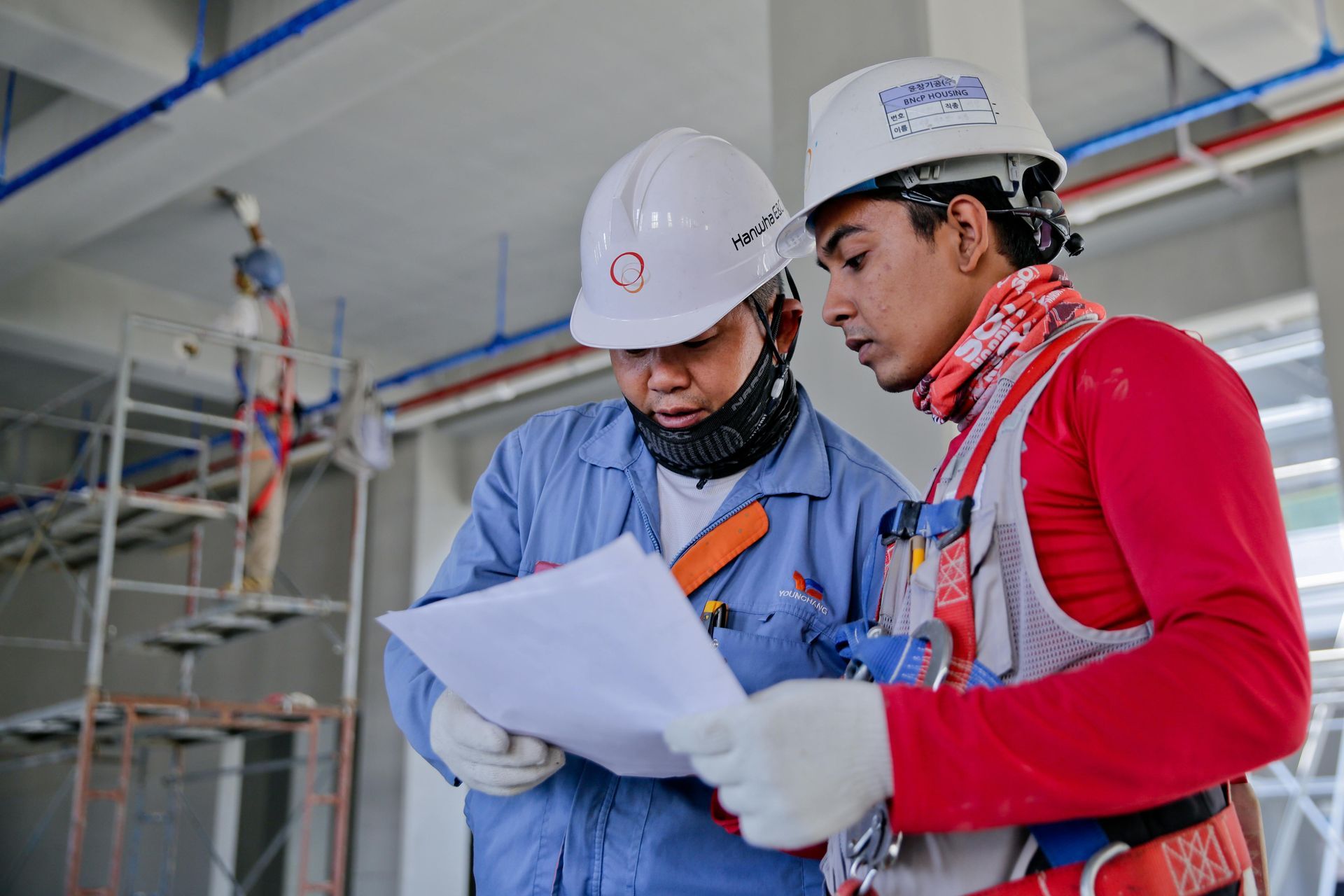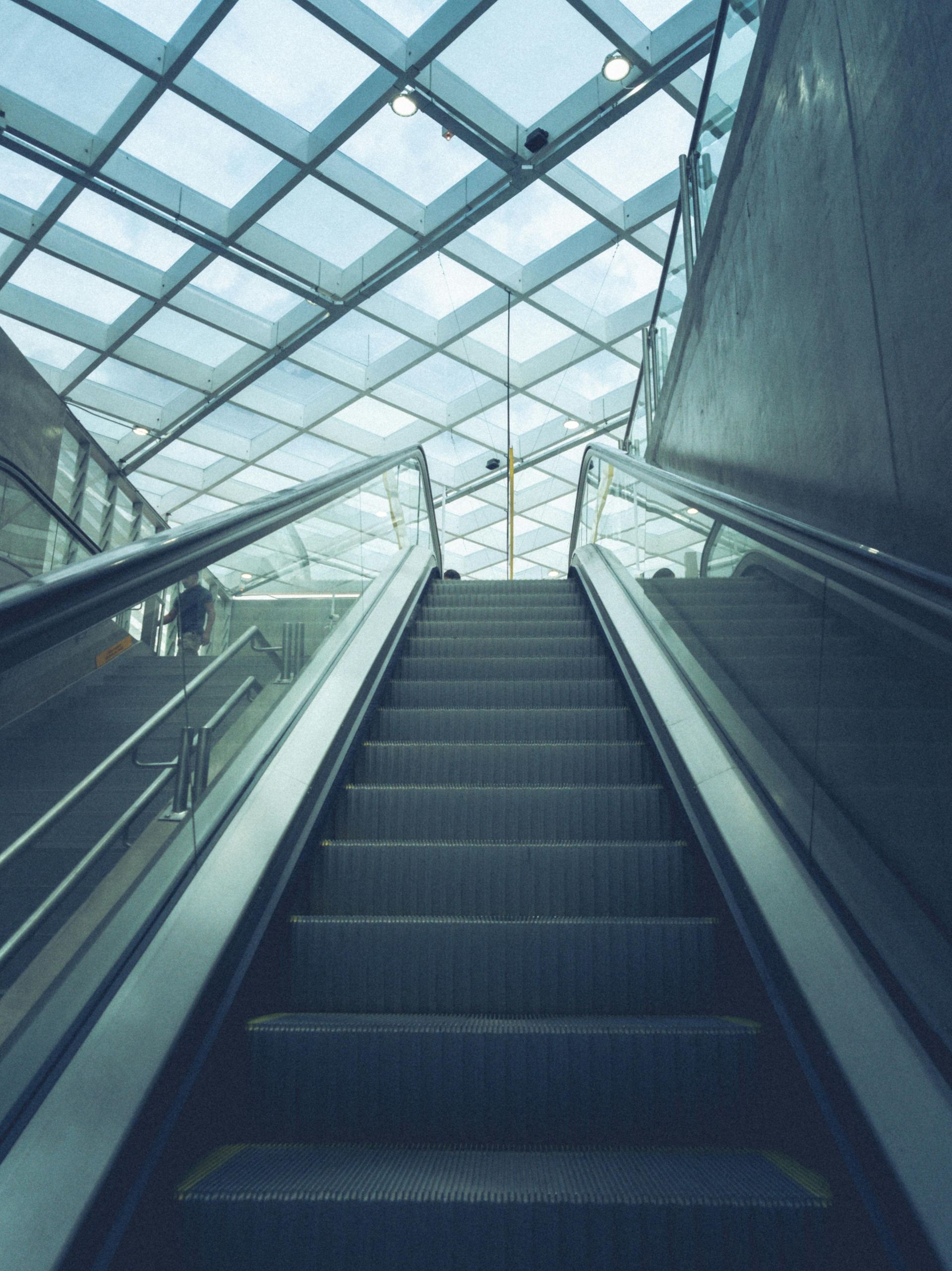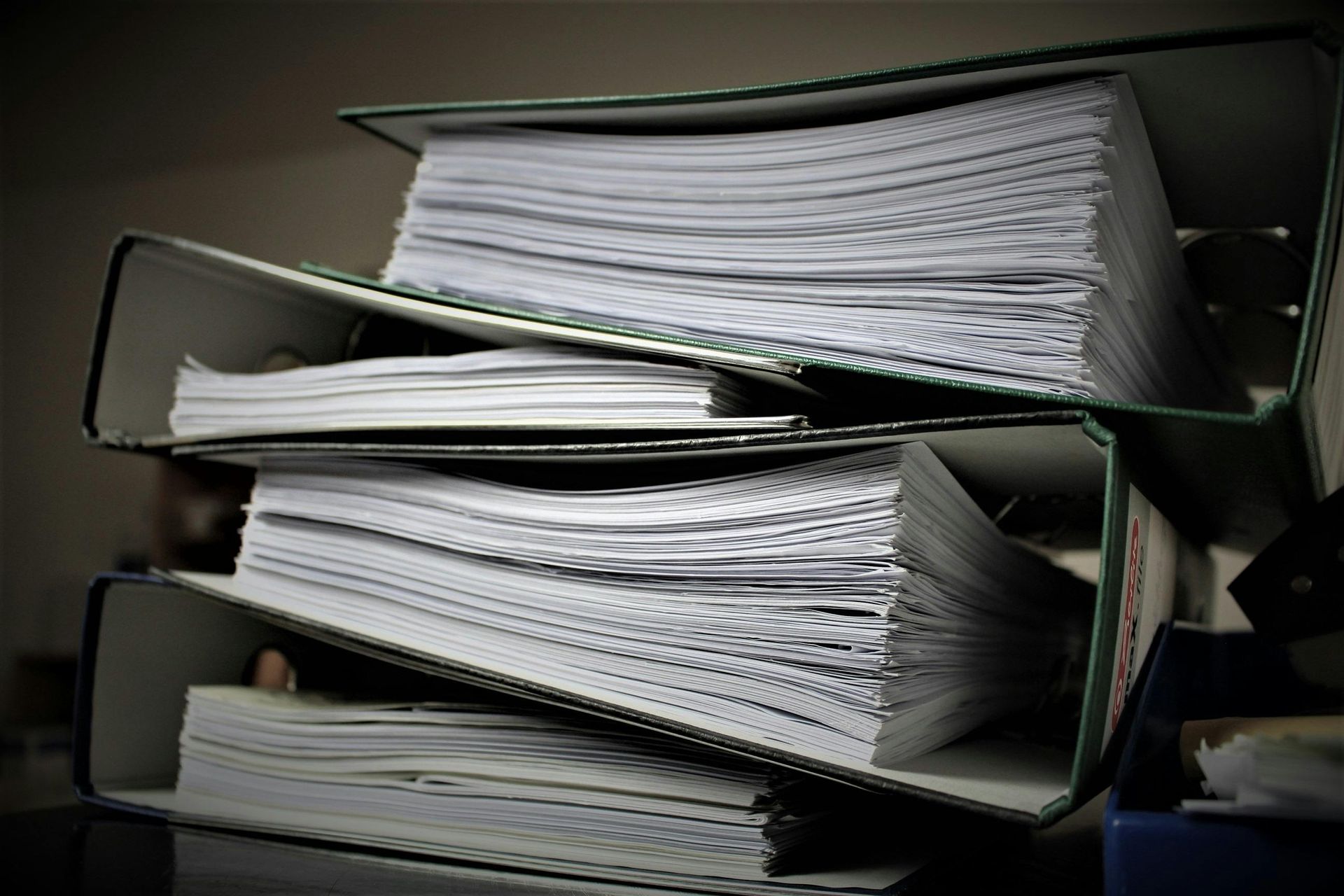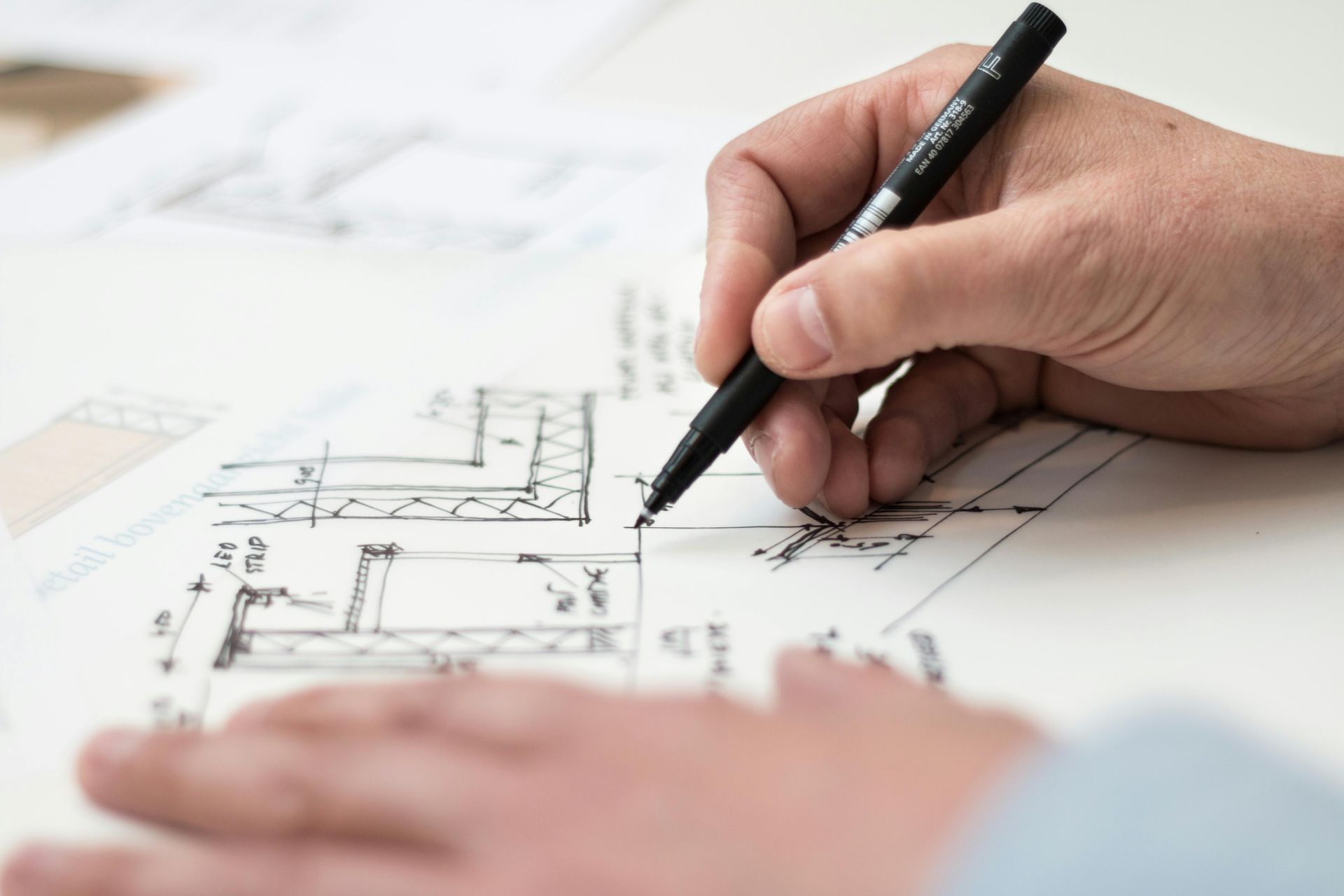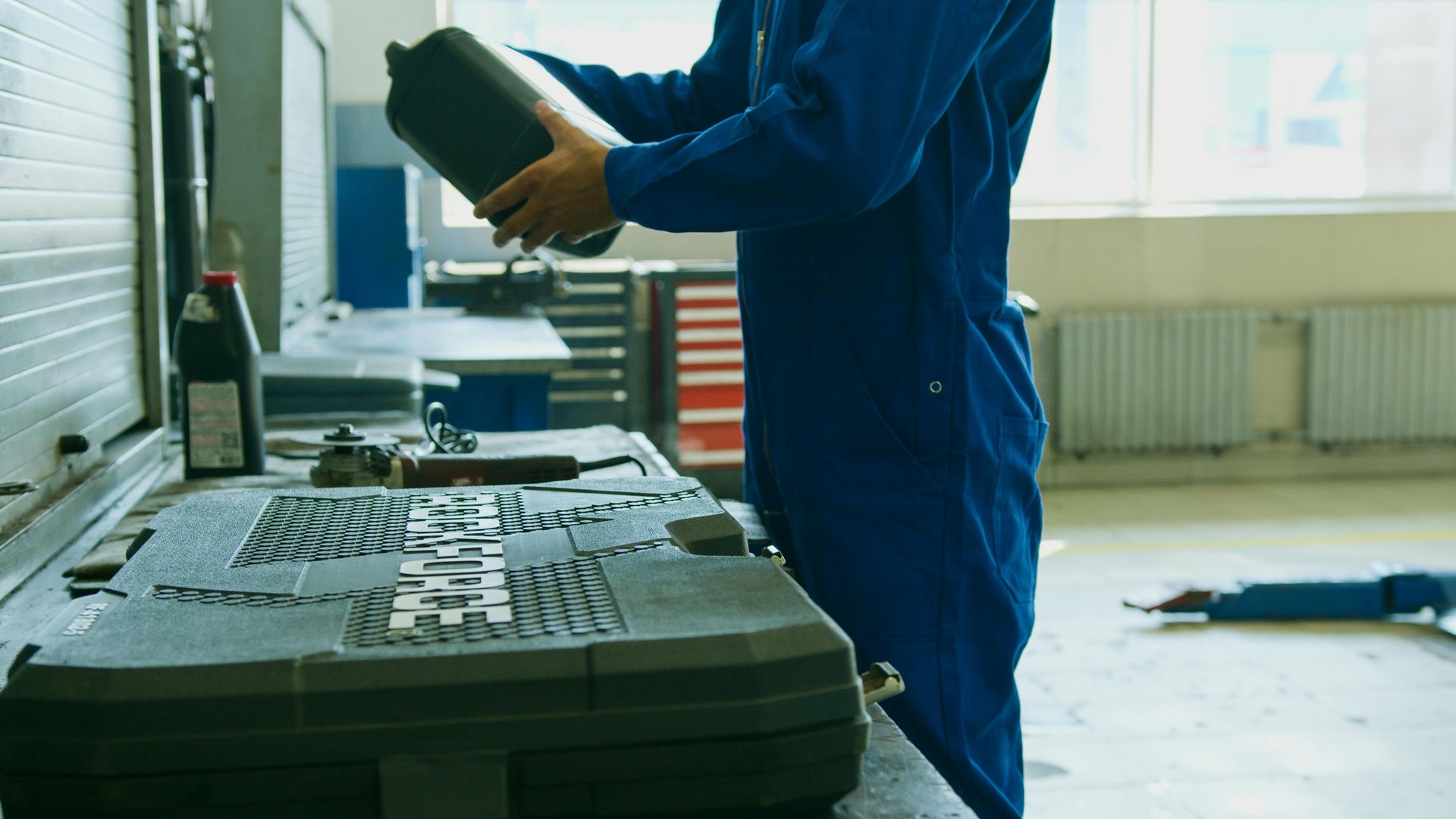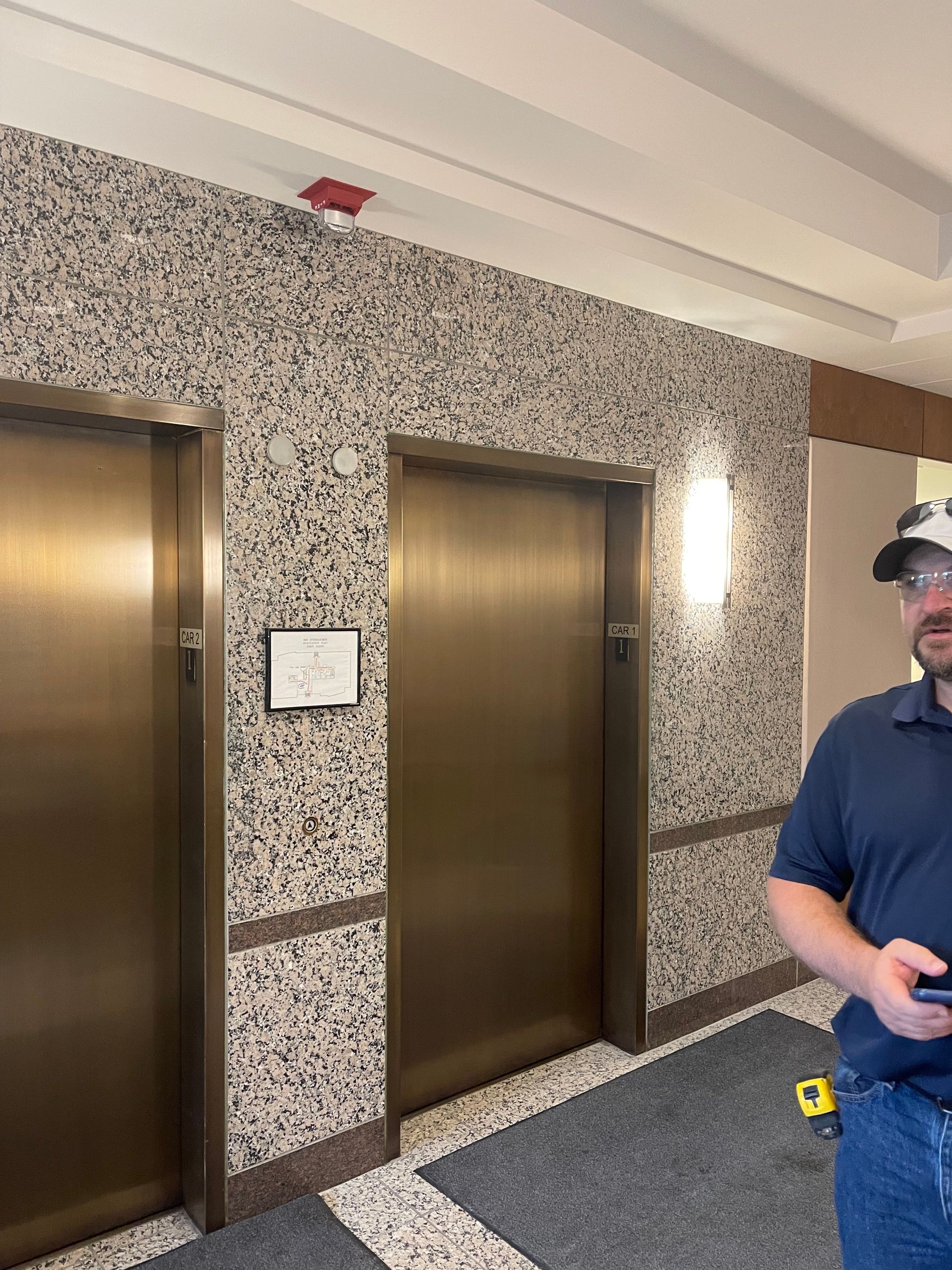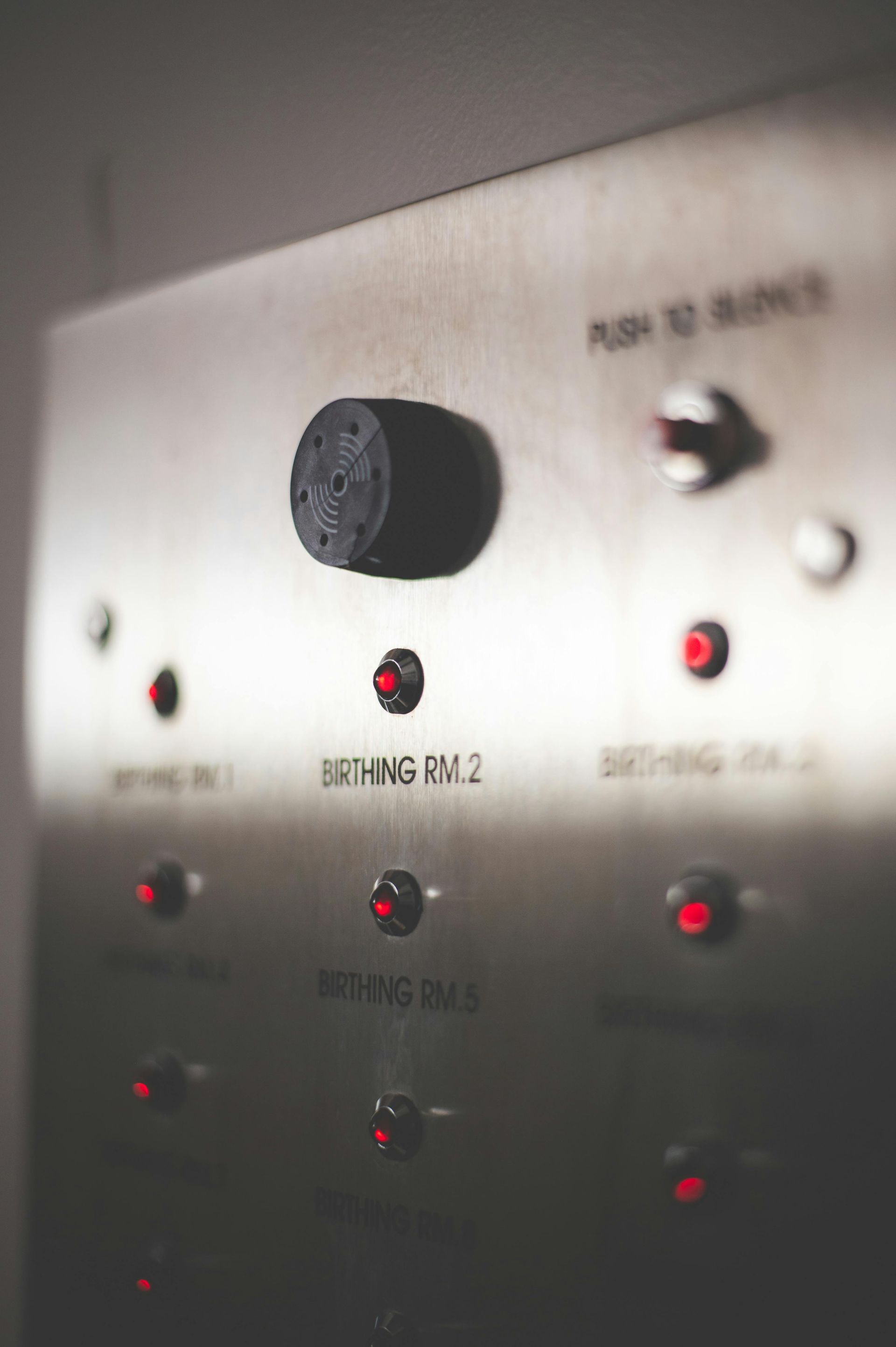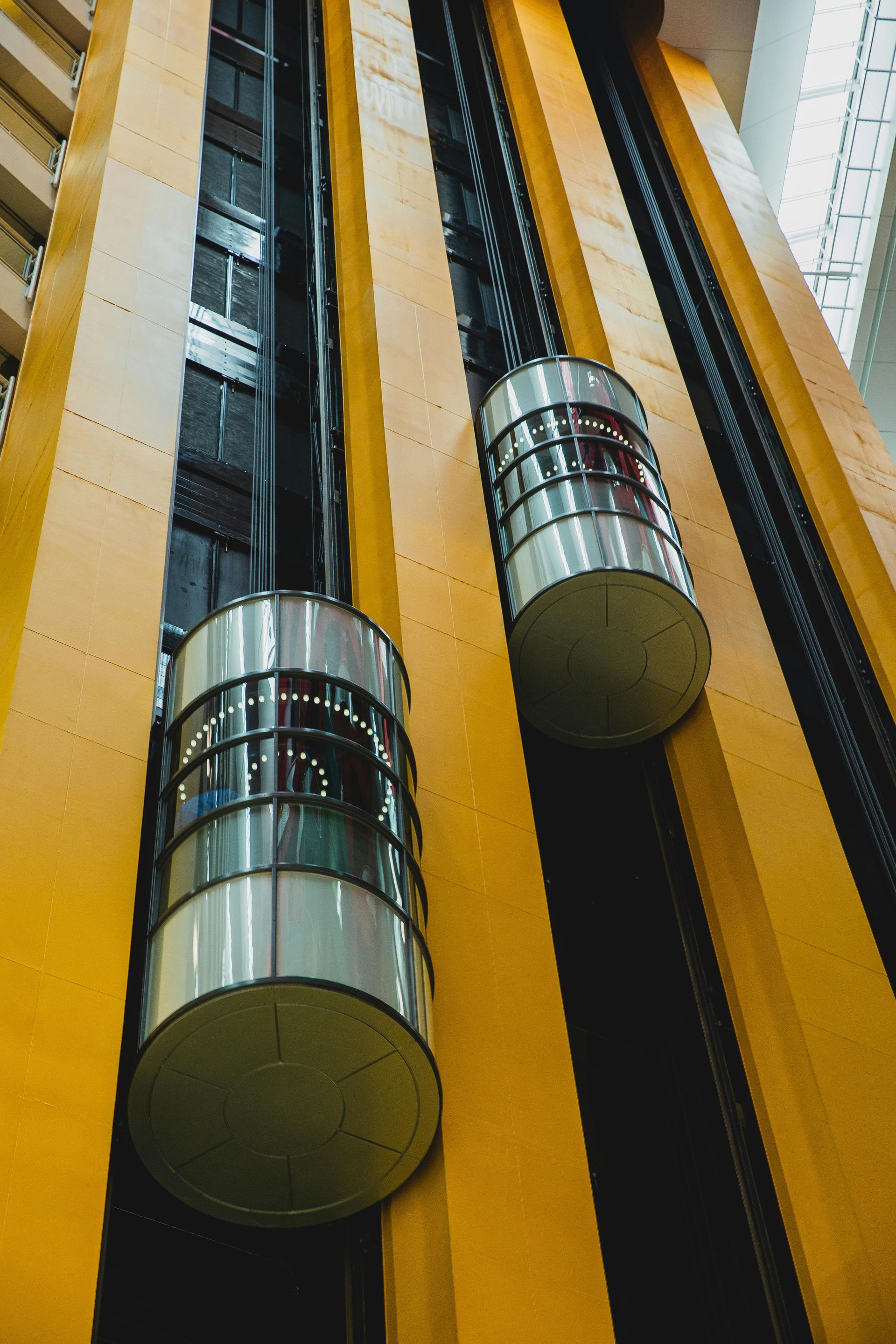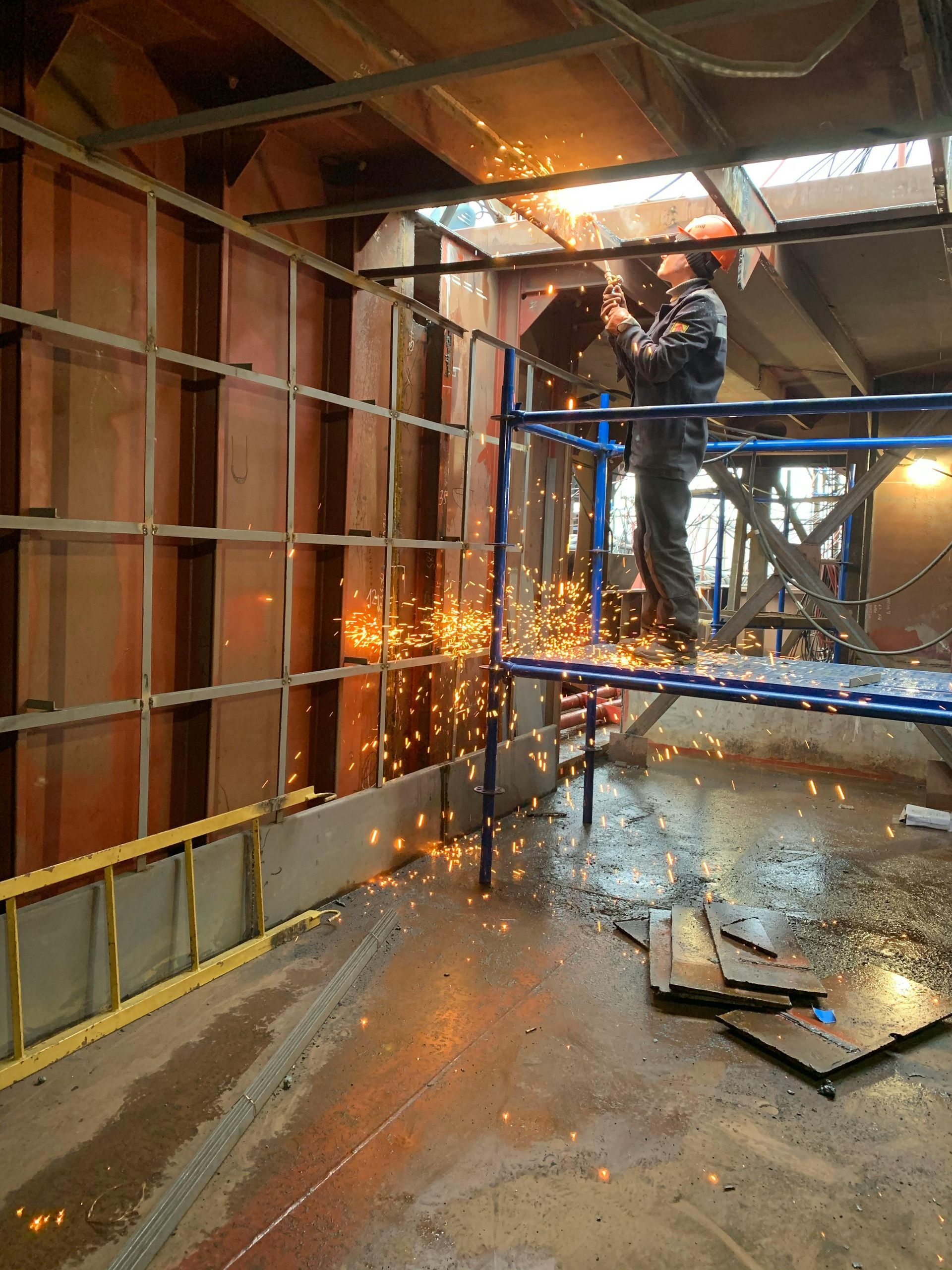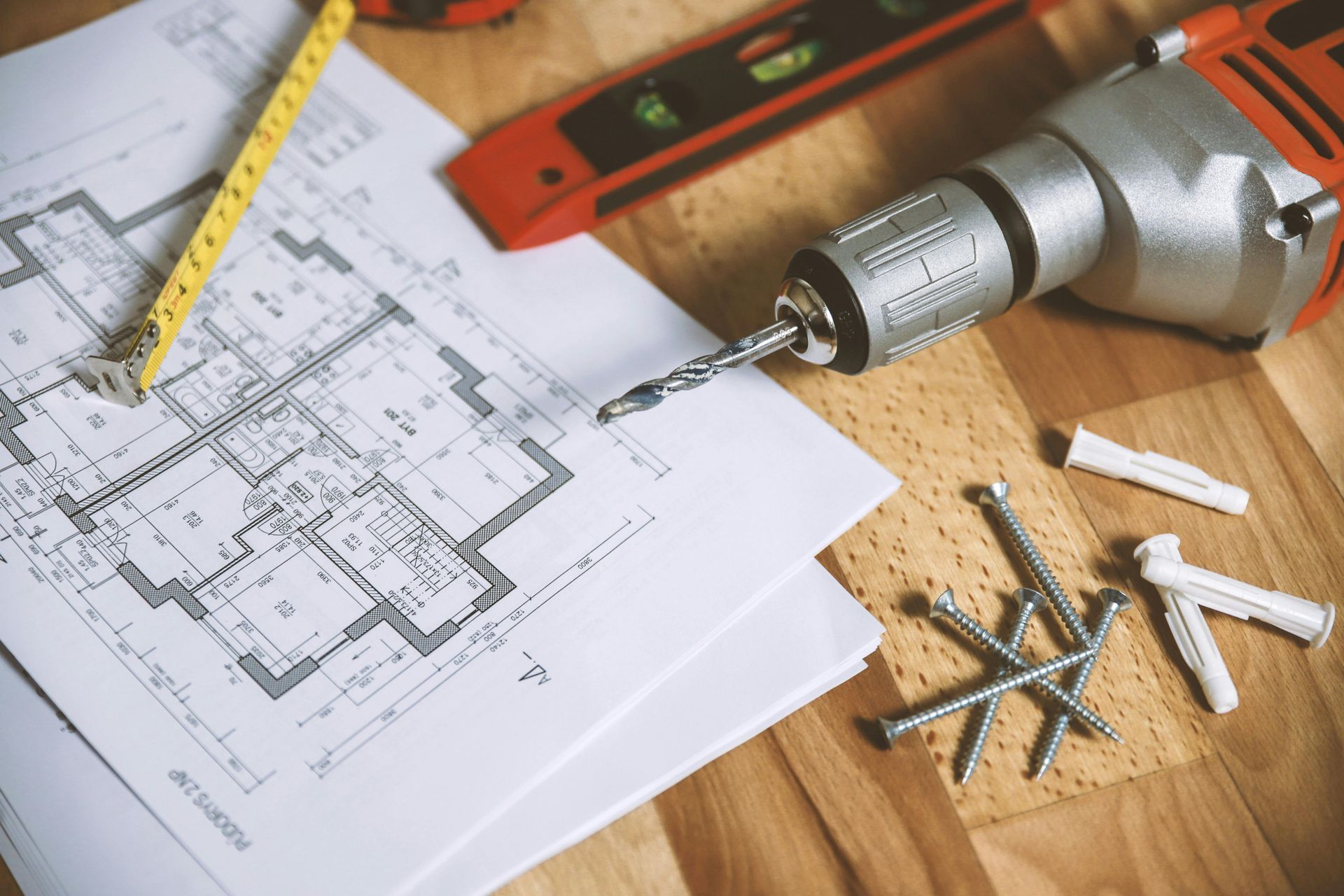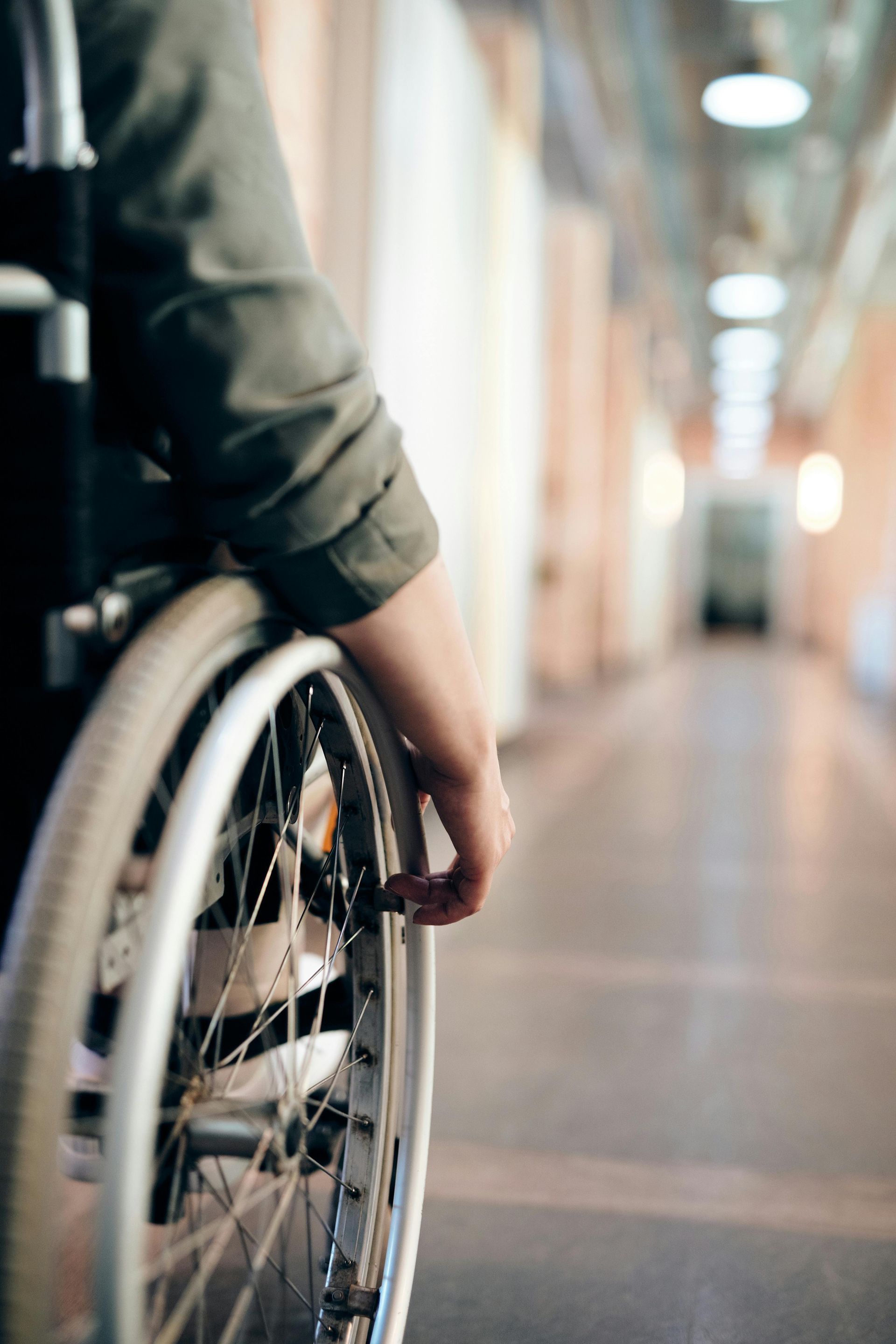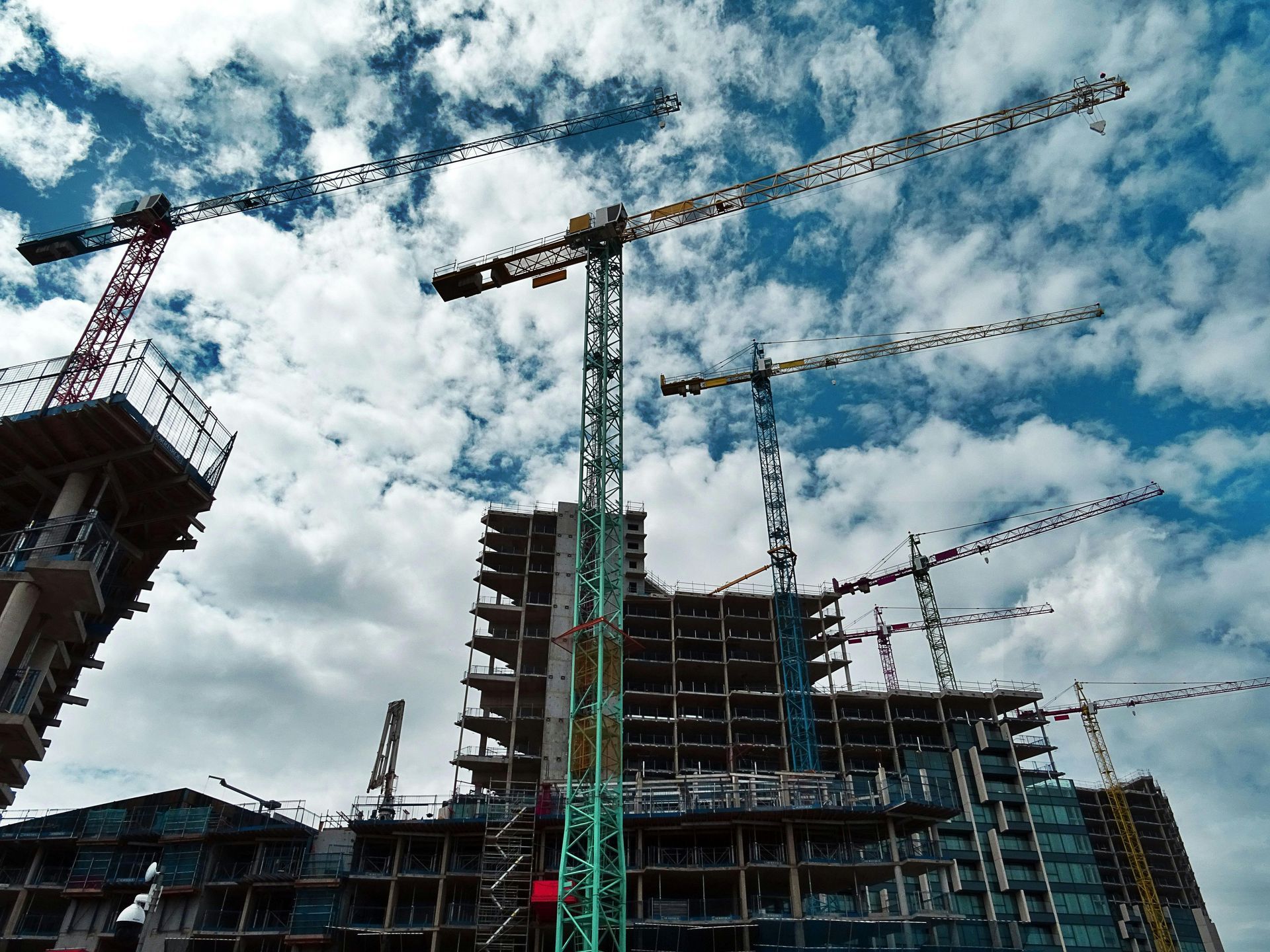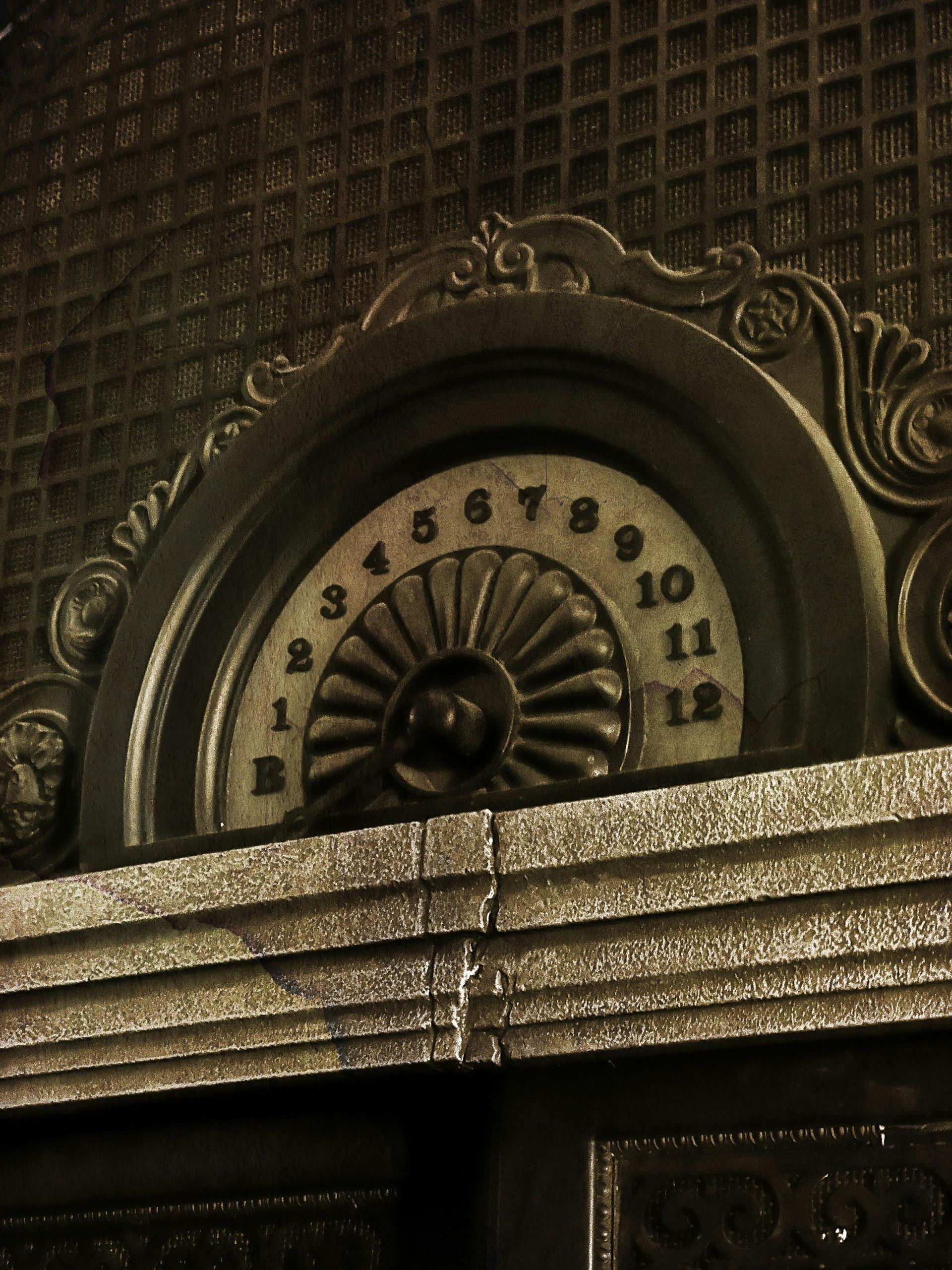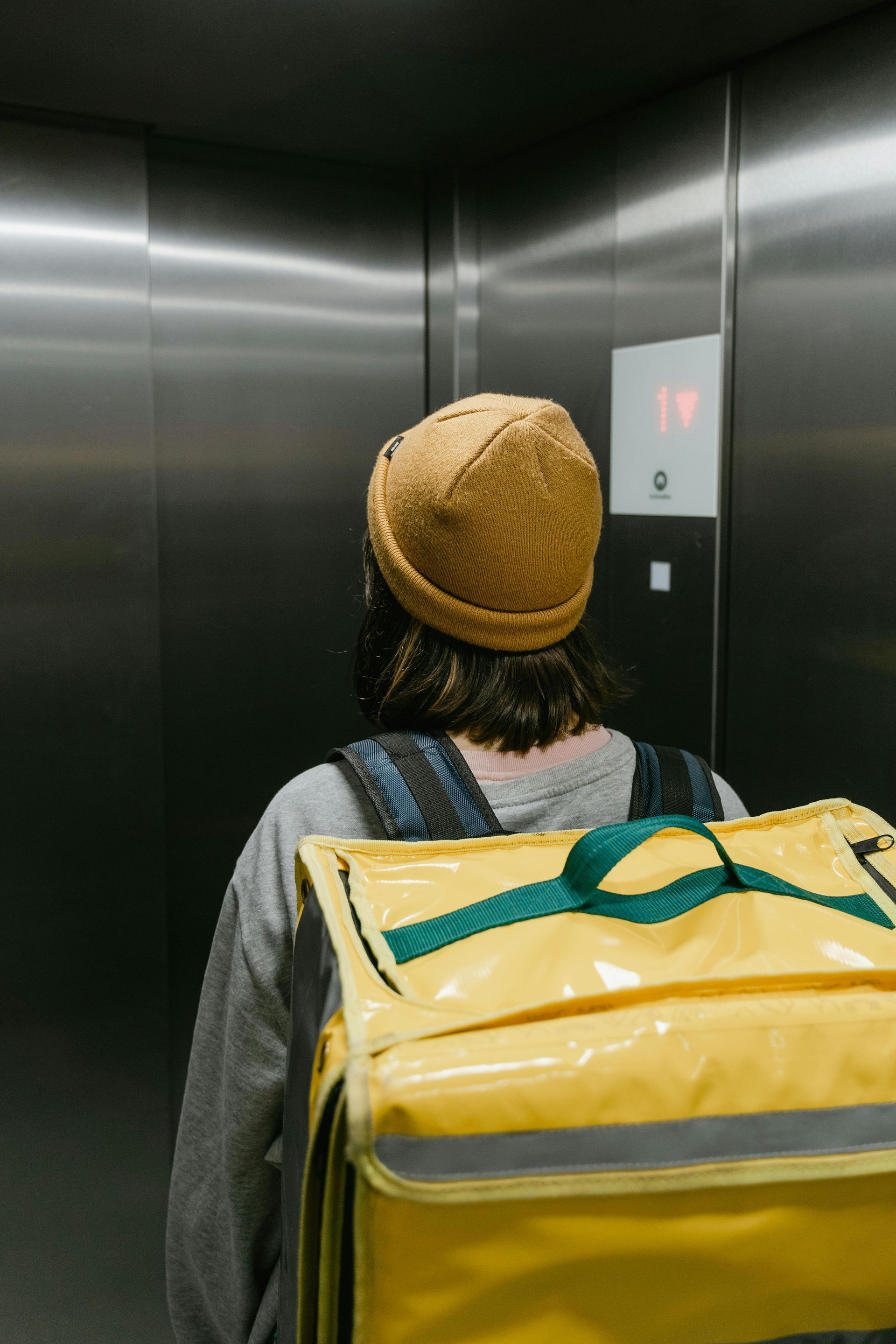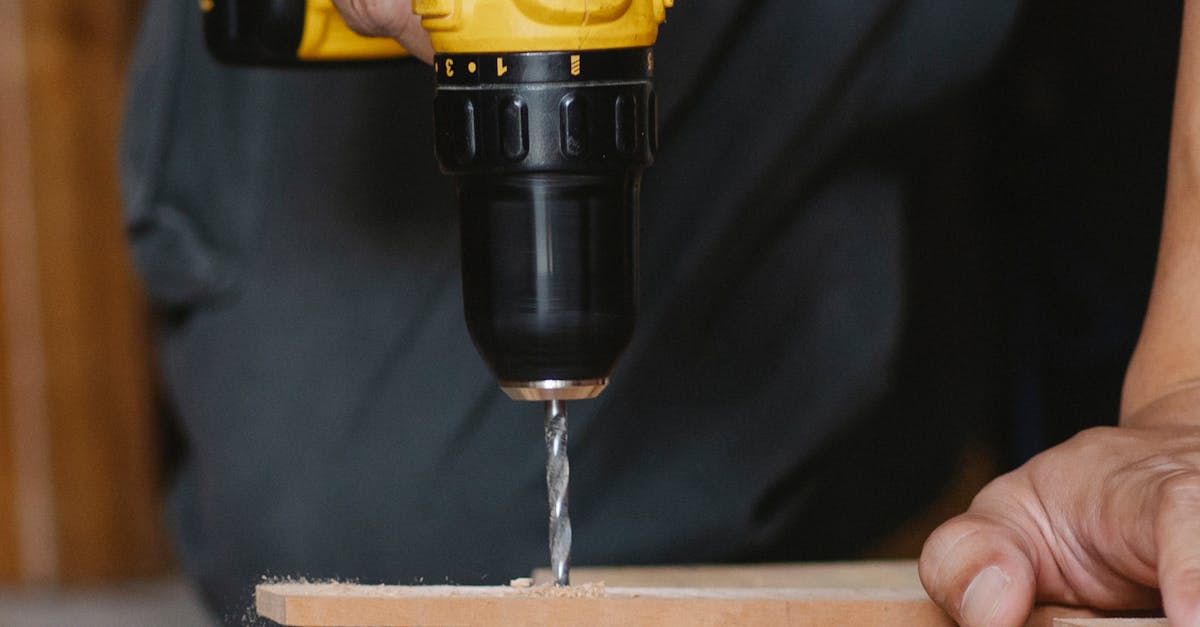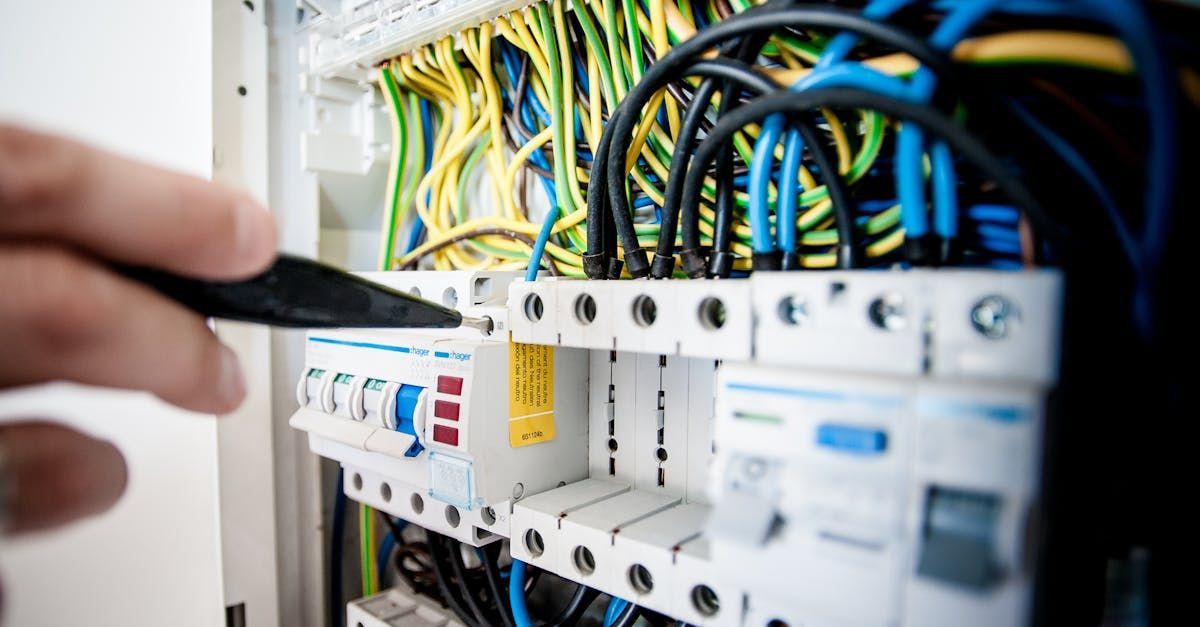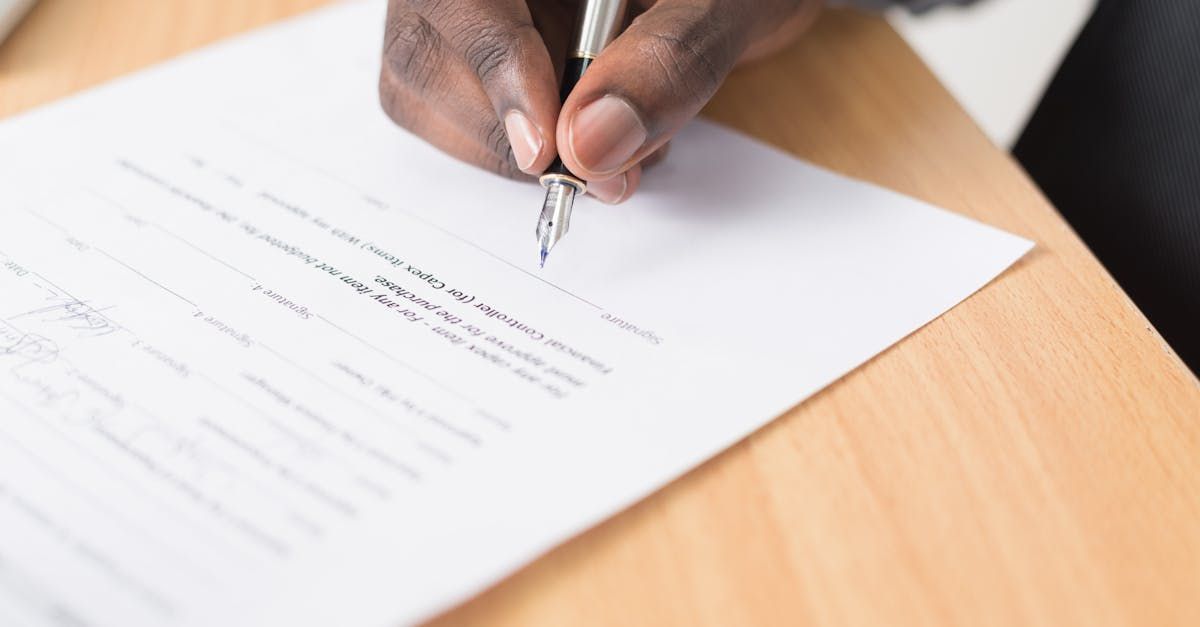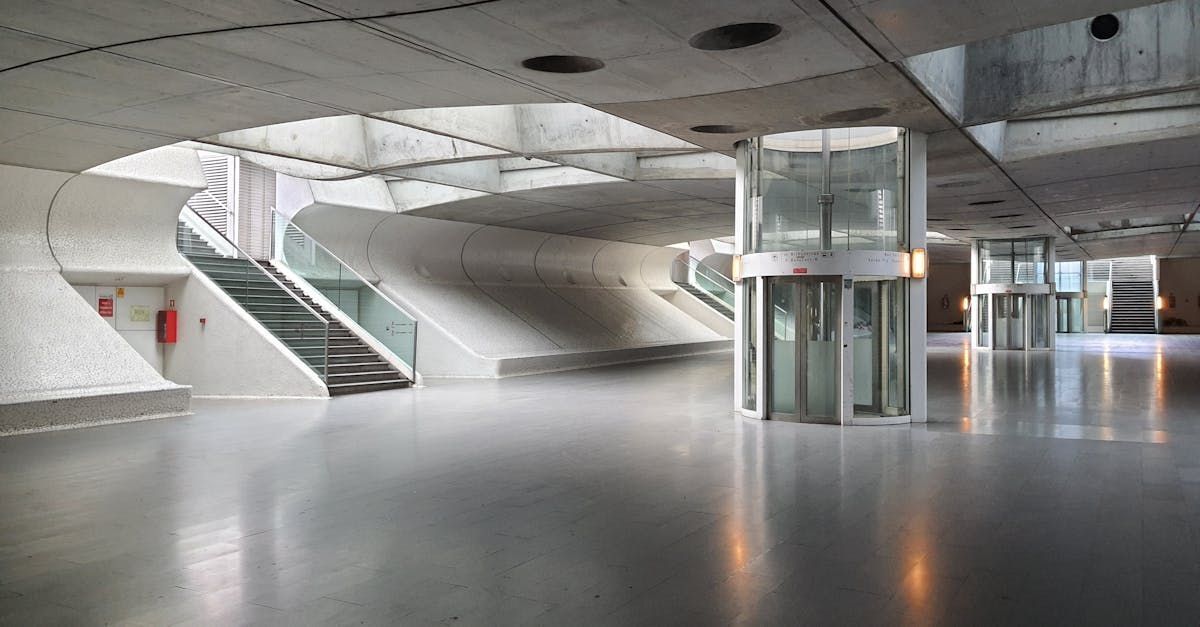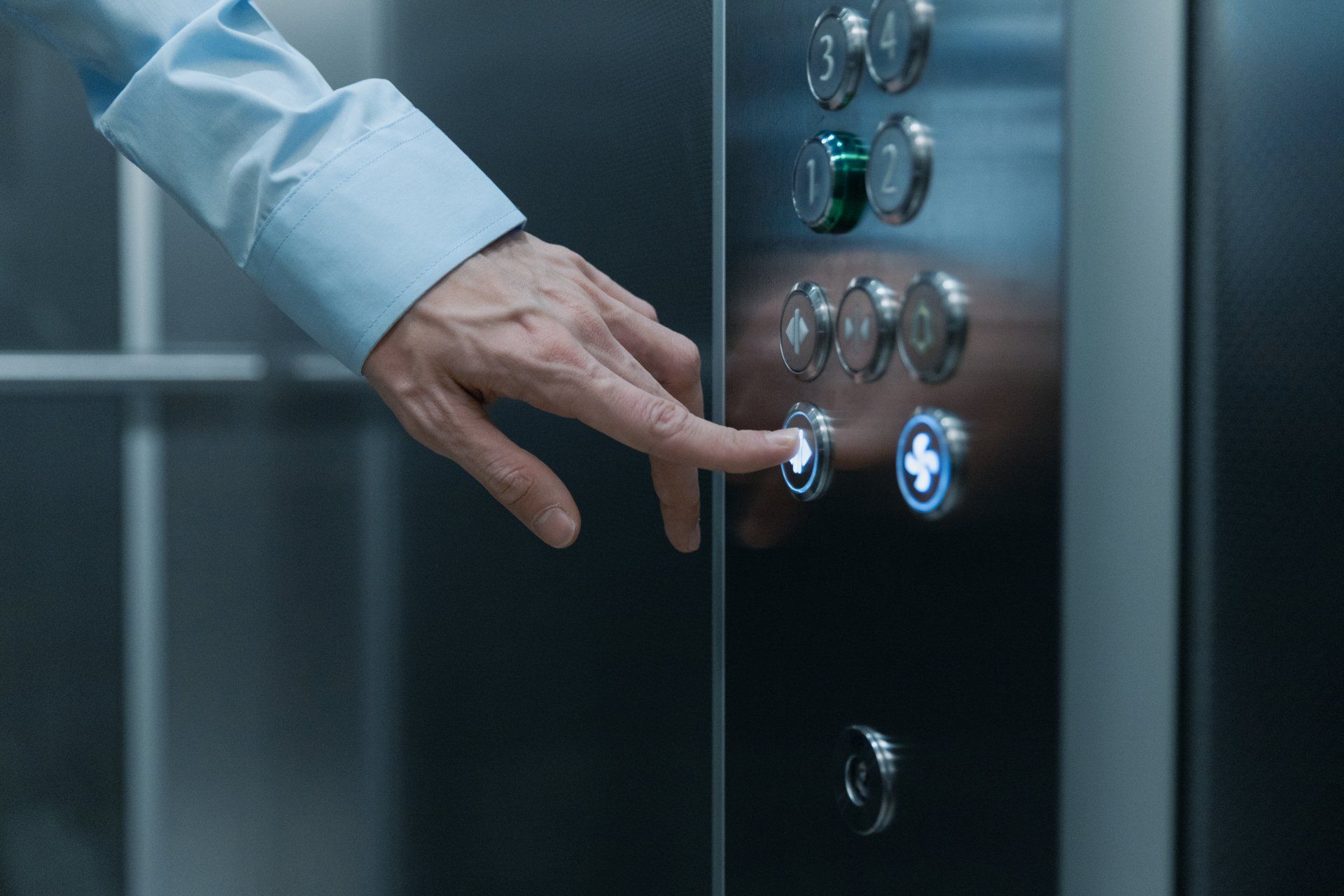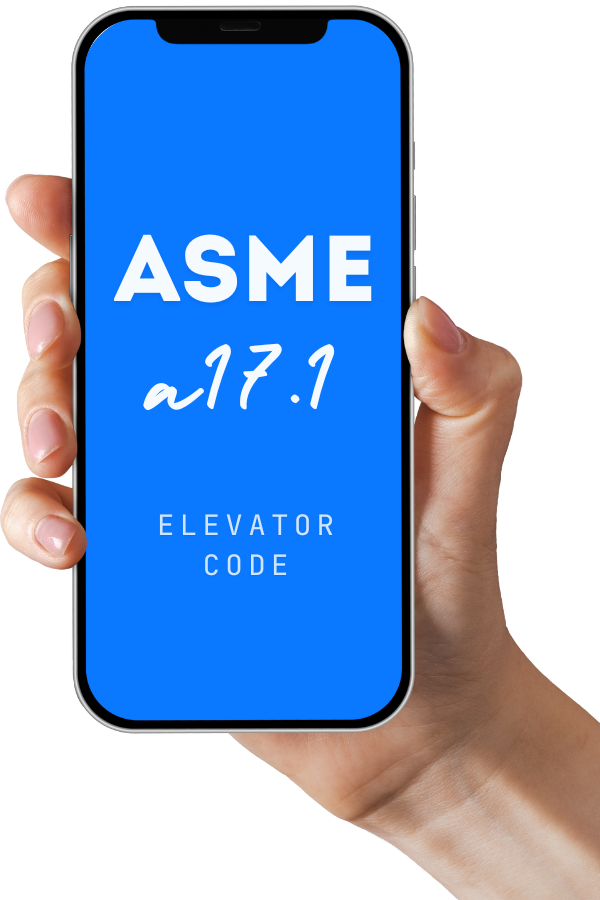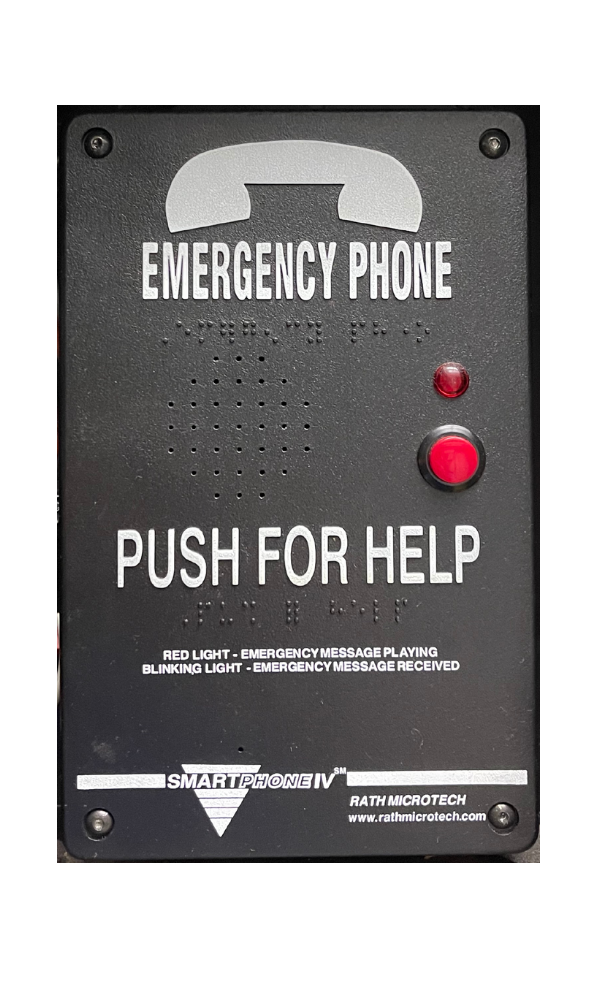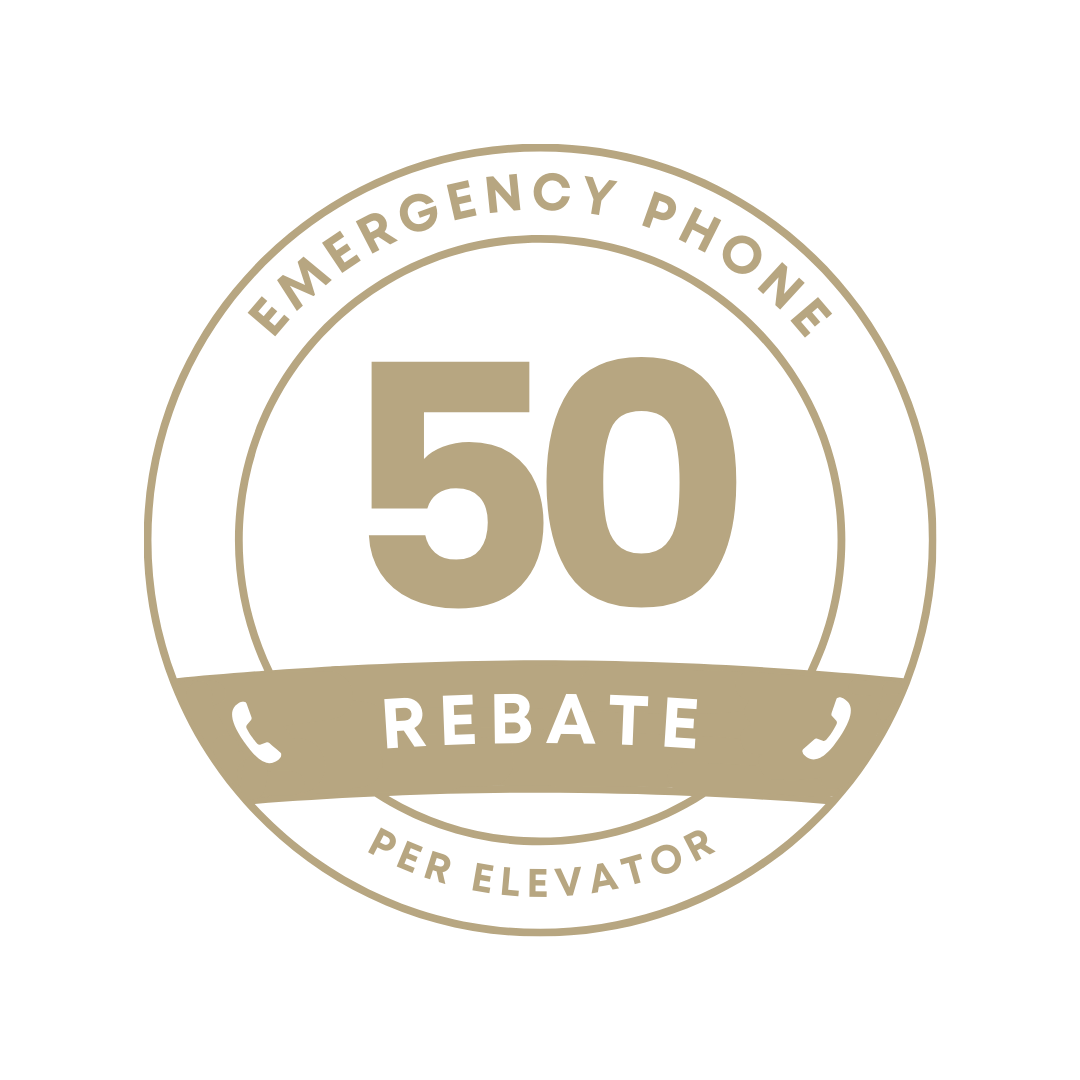How Long can an Elevator be Out of Service ADA
Key Highlights
- According to ADA requirements, elevators need to be kept in good shape and working properly through regular maintenance to avoid any dangerous situations.
- With the ADA's rules, there are specific needs for how big an elevator should be and what features it must have. This includes things like buttons that stick out so you can feel them easily and keypads that everyone can use.
- Under the Fair Housing Act, people who own buildings or rent out apartments have to make sure there is always a working elevator available. This is really important in apartment complexes.
- When an elevator isn't working, the building has to find other ways to help people with disabilities get around and reach different floors without too much trouble.
- If building owners don't follow these ADA guidelines for elevators, they could end up facing legal problems.
- To handle times when elevators break down in public places well, doing regular checks and fixing issues quickly are some of the best steps one can take.
Introduction
Elevators are super important for making buildings easy to get around in, especially for people with physical disabilities. When elevators break down, it's not just inconvenient; it can actually cause big problems and even lead to legal issues for the folks who own the building. This is because of laws like the Americans with Disabilities Act (ADA) and the Fair Housing Act (FHA), which have rules about keeping elevators running smoothly so everyone can use them.
For those owning or managing properties, getting a good grip on these ADA requirements is key. They need to make sure their buildings follow these rules so that everyone, no matter if they have a disability or not, can move freely. In this blog post, we're diving into what exactly those elevator-related ADA guidelines say. We'll talk about why having accessible elevitors matters a lot more than you might think at first glance—the legal stuff that could happen if an elevator isn't working right—and some smart ways to handle when an elevator goes out of service in places like apartment complexes or office buildings.
On top of all that? Regular checks and fixes on your lifts aren't just good practice—they help keep everything up-to-code according to ADA standards while also ensuring everybody stays safe.
So by sticking close to what we've laid out here regarding regulations and how best to manage any hiccups with your lift service—building owners will be doing their part in keeping things fair and open for all visitors or residents dealing with disabilities.
Understanding ADA Elevator Compliance
The Americans with Disabilities Act (ADA) is a law that makes sure people with disabilities get the same chances as everyone else in many parts of life, like when they use public places. When it comes to elevators, the ADA has some rules to make sure these are safe and can be used by everyone.
According to the ADA, elevators must work automatically and always be in good condition so that people with disabilities can use them without trouble. This includes making things like elevator buttons easy for someone who might be using a wheelchair or other mobility aids.
Besides just being able to access an elevator, keeping them running smoothly is also important under the ADA. It's up to building owners to fix any issues quickly so nobody gets stuck or hurt. But sometimes, if an elevator breaks down suddenly and it's out of anyone’s control, this rule doesn't apply temporarily.
For buildings' owners trying not only meet but exceed ada requirements , there are specific details they need follow . For instance , all controls inside should low enough reach easily from wheelchair; doors have slide side instead swinging open ;and space inside needs at least 16 square feet .
Understanding all these detailed rules about accessibility features might seem tough but following them helps ensure that everybody has equal access which what aims achieve .
Key ADA Requirements for Elevators
The Disabilities Act in America, known as the ADA, lays out some important rules to make sure elevators are easy and safe for people with disabilities to use. Here's what it says:
- Elevators need to work on their own so that people with disabilities can use them without needing help.
- Everything about the elevator, like the buttons you press to call it, has to be kept in good shape and be easy for everyone to use.
- For safety reasons, there's a rule that building owners must keep up with fixing and checking elevators regularly.
- The buttons you push to call an elevator have got to stick out so they're easier for someone with a disability to find and press.
- With folks using wheelchairs or other aids in mind, keypads inside elevators should not be placed too high.
- Elevator doors should slide side-to-side which makes getting in or out simpler.
- The inside of an elevator needs enough room—at least 16 square feet—to fit individuals who might need more space due to their disability.
These guidelines aim at making sure lifts are both reachable and secure for those living with disabilities. This is all about giving equal chances and including everyone when they’re moving around public places. It’s crucial then that anyone owning buildings takes these points seriously by learning them well and working alongside experts skilled at ensuring elevates meet ADA standards.
The Importance of Elevator Accessibility Under ADA
Making sure everyone can use elevators is super important for people with physical disabilities. Laws like the Americans with Disabilities Act (ADA) and the Fair Housing Act (FHA) stress how crucial it is to give equal access to folks with disabilities, which includes making sure they can use elevators without a hitch.
For those living with physical challenges, getting up and down different floors in a building often means relying solely on elevators. Trying to tackle stairs might be too hard or downright impossible without help or tools that assist them in moving around. Having accessible elevitors lets these individuals move freely just like anyone else, giving them the ability to get everywhere within the building on their own.
The FHA goes even further by talking about what happens when an elevator breaks down in apartment complexes. It points out that if tenants who need these lifts find themselves stuck because there's no working elevator, it's not just inconvenient—it traps them. So, owners of buildings have this duty under law to keep their lifts running smoothly and fix any issues promptly.
By focusing on making elevators easy for everyone to use, property managers do more than just stick to legal rules; they build spaces where people with physical limitations feel welcomed and valued because they can go wherever they want independently.
Legal Ramifications of Elevator Downtime
When elevators break down, building owners could face serious legal issues. The Disabilities Act in America sets clear rules for making sure elevators are easy to use for everyone, especially those with disabilities. If these rules aren't followed, the people who own the buildings might have to deal with lawsuits or fines.
For building owners, it's important to fix any elevator problems quickly and make sure everything is accessible again. Even though short breaks in service can happen sometimes, they need to do what they can so these interruptions don't last long and fixes are made fast.
Ignoring the guidelines about elevator accessibility from this act could not only lead to being sued but also mean paying money as a penalty and getting bad attention from others. So, keeping elevators well-maintained and easy for everyone to use should be at the top of their list if building owners want to steer clear of trouble while ensuring access remains open for all individuals.
How ADA Regulations Address Elevator Outages
The Disabilities Act in the U.S. understands that sometimes elevators stop working, but it has rules for what building owners need to do when this happens. They have to fix broken elevators quickly and make sure people can still get around easily, especially in tall buildings.
For folks with disabilities, building owners should have a plan ready so elevator problems don't affect them too much. This might mean moving them to rooms on floors they can reach without an elevator or helping them out more day-to-day. The main point is keeping things accessible even when there's no lift because everyone deserves equal access.
Both the people who own buildings and those living or working in them have roles to play according to these regulations. Owners must act fast if an elevator breaks down, while tenants need to let the management know what they require so their rights are looked after properly.
Consequences for Non-Compliance with ADA Elevator Guidelines
Not following the rules set by the Americans with Disabilities Act (ADA) for elevators can lead to big problems for those who own buildings. This act makes sure that people with disabilities have the same chance to use elevators as everyone else, by setting standards for how accessible and well-maintained these elevators must be.
If a building owner doesn't stick to these guidelines, they could face lawsuits, fines, and other penalties. They might also be blamed if someone with a disability can't use an elevator like they should be able to because it wasn't up-to-date or working right.
On top of legal issues, ignoring ADA requirements can make people see you in a bad light and hurt your reputation. So it's really important for owners of buildings to keep their elevators easy for everyone to use, take good care of them regularly, and fix any problems quickly. This way they avoid getting into trouble while making sure everybody has equal access.
Managing Elevator Outages in Public Buildings
When elevators in public buildings stop working, it's really important to fix them quickly and make sure everyone can still get around, especially people with disabilities. Sometimes things go wrong and you can't avoid elevator problems, but the folks who own these buildings need to sort out repairs fast or find other ways to help.
Lately, there's been a lot of talk about how crucial it is to keep elevators running smoothly so that everyone has equal access. Building owners have got to pay attention to the best ways and new tech that can help avoid too much downtime when an elevator breaks down.
By staying on top of this issue before anything goes wrong, building owners ensure that their elevators are dependable. This helps maintain accessibility in public spaces for everybody.
Best Practices for Minimizing Disruption
To keep things running smoothly when elevators are out of service, building owners need to be one step ahead and stick to some key practices. Here's what they can do:
- With regular maintenance, spot and fix any issues early on so that elevators don't break down.
- When it comes to elevator repairs, act fast. This helps get the elevator back in use quickly.
- For folks who need them, like those with disabilities, make sure there are other ways for them to get around or help available during these times.
- Keeping everyone in the loop is crucial. Let people know what's happening with the repairs and how you're helping.
By sticking to these steps, disruptions from not having an elevator can be less of a headache for everyone involved while making sure accessibility remains top-notch.
Temporary Solutions for Elevator Accessibility
When elevators aren't working, there are some temporary fixes that can make sure people with disabilities still get around easily. For building owners, here's what you could do:
- By setting up temporary ramps, folks in wheelchairs can reach the ground floor or other areas they can access.
- With elevator service help, staff members or volunteers could lend a hand to those who need it to move between floors.
- Through communication support, providing clear written or digital directions and help is key for individuals with disabilities when an elevator is out of order.
- Offering relocation assistance means finding a way to temporarily move someone to a part of the building they can get to more easily while elevator repairs are happening.
These steps are great ways to keep things accessible when elevators need fixing. It ensures everyone has the chance to go where they need without too much hassle.
Elevator Maintenance and ADA Compliance
Keeping elevators in good shape is really important, not just for following ADA rules but also to make sure they're safe. For people who own buildings or manage properties, it's crucial to regularly check and fix anything that needs attention so the elevators can be used by everyone and work like they should.
With regular maintenance, owners of buildings can spot problems early on before these issues cause the elevator to stop working. These checks often look at how well different parts of the elevator, like its electrical wiring and other bits inside it, are doing their job.
By keeping up with these routine checks, we also make sure that features needed for accessibility stay usable. This includes things like buttons you don't have to press hard and keypads everyone can reach. It's important for building owners to team up with experts who know all about ADA standards so everything stays up-to-date.
Besides just sticking to a maintenance schedule, thinking about making upgrades is a smart move too. Adding new features that help even more than what's required by law shows a real commitment towards welcoming everybody.
So basically, if building owners keep on top of maintaining their elevators properly - focusing on safety measures as per ada requirements , ensuring every part from electrical wiring down works fine ,and adding accessible features where possible- this helps meet both legal standards under ada while promoting greater accessibility.
Routine Checks to Avoid Common Failures
To keep elevators running smoothly and avoid the usual hiccups, it's really important for building owners to regularly check on things. This means looking closely at everything to catch any problems early before they turn into big headaches like the elevator stopping working.
With these regular checks, you can stop a bunch of issues from happening in the first place. Things like doors not working right, wires that are messed up, or even when the elevator doesn't stop level with the floor can all be caught early. By taking care of these problems quickly, building owners help make sure everyone can use the elevators without trouble.
During these routine checks, there should be a focus on looking over how everything works inside an elevator including making sure parts that move are well-oiled and testing out safety stuff is crucial too. It’s best if building owners work with skilled technicians who know their way around elevators so they can do a comprehensive job ensuring everything is tip-top.
By sticking to regular maintenance schedules which include thorough inspections as part of keeping up with elevator service, buildings will face fewer unexpected issues down line thus maintaining smooth accessibility for everyone relying on them while steering clear from common pitfalls such as faulty electrical wiring among others.
Upgrading Elevators for Better Accessibility
Adding more accessible features to elevators can really help people with disabilities get around better. The Americans with Disabilities Act (ADA) sets some rules for making elevators easy to use, but building owners can do even more than what's required. They could put in things like signs you can feel or read with braille, make announcements that everyone can hear, and add handrails and floors that are safe to walk on so people who have trouble seeing or moving aren't left out.
For these upgrades, it's important for the owners of the buildings to work closely with experts who know all about ADA requirements. This way, they'll be sure their elevator improvements are helpful and meet legal standards too. Making these changes isn't just about following laws; it shows a real effort to welcome everyone.
By taking steps beyond basic ADA guidelines when updating elevators with new accessible features, those in charge of buildings show they care about making spaces welcoming for everybody. This kind of action is key in giving equal access to folks living with disabilities.
Case Studies: Elevator Outage Scenarios and Resolutions
Looking into case studies gives us a peek at real situations where elevators stopped working and how people fixed those problems. For folks who own buildings, diving into these stories can help them figure out the best ways to deal with elevator issues without messing up access for everyone.
With these studies, you might see examples like quick fixes, making sure everyone knows what's going on, or finding other ways around the problem when an elevator isn't working. They're really useful for understanding just how much of a headache it can be when elevators go down and why it's super important to have plans ready so that everyone can still get around easily.
By taking a close look at these cases, owners of buildings can take those lessons and think about how they'd handle similar situations in their own places. This way, they're better prepared to keep elevator service running smoothly and make sure accessibility is always top-notch for people who need it.
Successful Navigation of ADA Requirements
For building owners, getting a handle on the ADA rules about elevator service is super important. By knowing what the ADA expects, they can make sure their elevators are up to scratch and open to everyone. This means making sure the elevators work by themselves and stay in good shape, along with keeping things like call buttons working well.
On top of this, it's key for building owners to keep up with regular checks and fixes so no dangerous situations pop up. Even though sometimes stuff might go wrong for a bit, fixing broken elevators fast is crucial so that everything needed for accessibility is available again quickly.
By teaming up with contractors or builders who really get the ADA requirements, those owning buildings can be confident their elevators tick all the boxes for being accessible. Doing this not only keeps them out of legal hot water but also makes sure people with disabilities feel included and have access just like anyone else.
Lessons Learned from Elevator Downtime Incidents
When elevators break down, it really shows building owners how crucial it is to follow ADA guidelines. For people with disabilities, not having an elevator can make getting where they need to go very difficult.
From these breakdowns, one key thing we learn is that telling everyone about the problem quickly matters a lot. Owners of buildings should let folks know right away if there's no elevator service and tell them about other ways they can get around in the meantime. They could use signs or send out messages online to keep everyone updated on what's happening.
Another important point is for owners to have a good plan ready for when elevators stop working. This means thinking ahead about how to fix things fast or having another way for people who need accessibility help to get by without too much trouble.
By looking at what went wrong before and taking steps beforehand, those in charge of buildings can stick better to ADA rules and make sure elevator service issues don't put too big of a hurdle in front of individuals with disabilities.
Conclusion
To wrap things up, it's really important to keep elevators working well so they meet ADA rules. We need to make sure elevators don't break down often because smooth running is key and we want to stay out of legal trouble. Regular checks and updates are super important for stopping problems before they start and making sure everything follows ADA guidelines. By using smart practices and having backup plans ready, places like public buildings can handle elevator issues without too much hassle. It's also crucial to let people know right away if an elevator isn't working, so everyone knows what's going on and stays safe. Making sure elevators are easy for everyone to use is not just about following the law; it makes places more welcoming for everybody.

